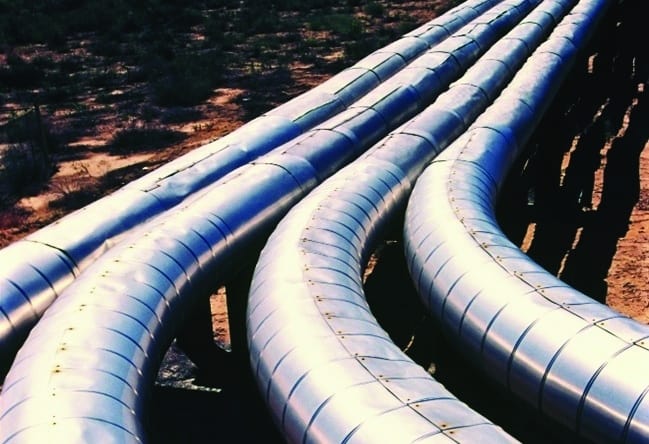Innovation pipeline: technology transfer in the oil industry
The oil and gas sector is using technology transfer to solve its most pressing problems

Whether you call it oil money, or the more recent term petro-dollars, the hydrocarbon sector has long been a by-word for wealth. Countries with oil revenues are rich, and oil and gas companies have resources aplenty. It’s easy to assume that, with all that black gold (and whatever the equivalent term is for natural gas) flowing in, they can find the funds to do pretty much whatever they like.
In the dream of oil executives, perhaps; but not in the real world. In fact, finances in the oil and gas sector are squeezed as hard as they are everywhere else. ‘Oil wells can cost as much as half a billion pounds each to drill, and only a quarter of them are successful,’ explained Prof Ann Muggeridge, holder of the Total Chair in Petroleum Engineering at Imperial College London: in this sense, she added, ‘successful’ just means that the well contains oil or gas and says nothing about how much there might be or even whether it would be profitable to extract it. ‘So companies have to be very choosy about what they spend their finite resources on.’
Register now to continue reading
Thanks for visiting The Engineer. You’ve now reached your monthly limit of premium content. Register for free to unlock unlimited access to all of our premium content, as well as the latest technology news, industry opinion and special reports.
Benefits of registering
-
In-depth insights and coverage of key emerging trends
-
Unrestricted access to special reports throughout the year
-
Daily technology news delivered straight to your inbox











UK Enters ‘Golden Age of Nuclear’
The delay (nearly 8 years) in getting approval for the Rolls-Royce SMR is most worrying. Signifies a torpid and expensive system that is quite onerous...